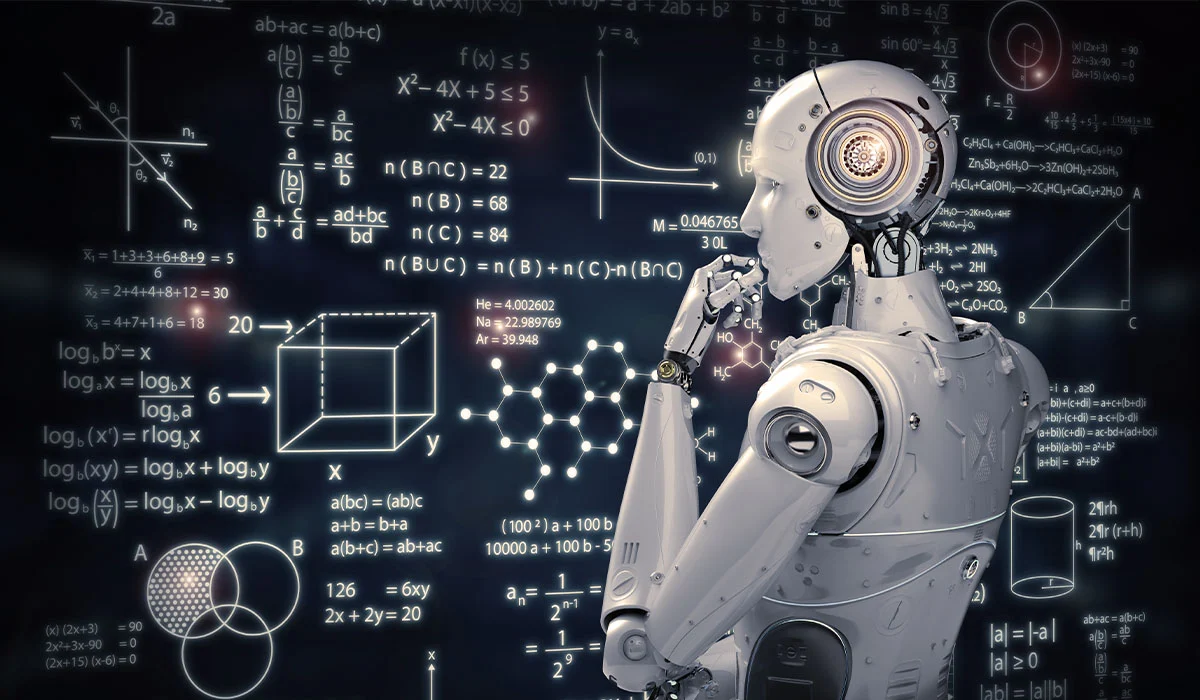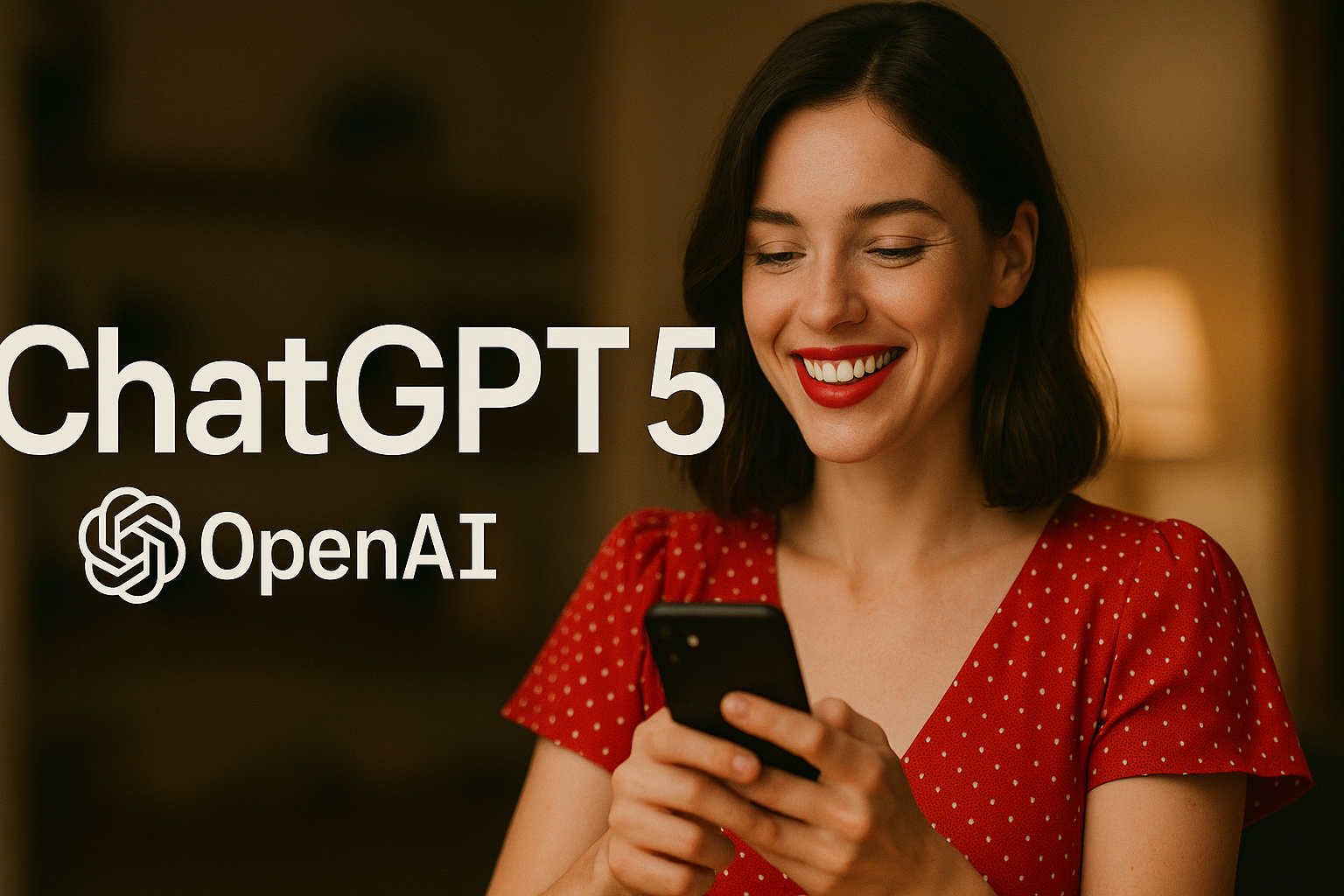When OpenAI first announced ChatGPT 5, the AI community was already buzzing with rumors. Speculation ranged from modest incremental changes to bold claims about a “general intelligence leap.” Now that the model is out in the world, we can see that while it’s not a conscious being, it does mark one of the most significant advances in consumer AI to date. With faster reasoning, improved multimodality, and tighter integration into the broader OpenAI ecosystem, ChatGPT 5 is poised to redefine how people interact with artificial intelligence.
This isn’t just a model update; it’s a step toward making AI assistants far more capable, reliable, and context-aware. And unlike some flashy AI releases that fizzle after the initial hype, ChatGPT 5 has substance to match the headlines.
Who Can Use ChatGPT 5 Right Now
At launch, ChatGPT 5 is being offered to two main groups: ChatGPT Plus subscribers and enterprise customers. The Plus subscription, which is the same paid tier that previously offered access to GPT-4, now includes GPT-5 without an extra cost. That means anyone willing to pay the monthly fee gets priority access to the new model, along with faster response speeds and higher usage limits compared to free-tier users.
Enterprise customers, many of whom already integrate GPT models into workflows ranging from customer service chatbots to data analysis tools, are receiving enhanced versions with extended capabilities. For example, companies can deploy GPT-5 in a more privacy-controlled environment, with data retention policies tailored to sensitive industries like healthcare and finance.
The free tier is not being left behind forever, but OpenAI is rolling out access gradually. This phased approach is partly a matter of managing infrastructure demands and partly about making sure the model’s advanced features are stable before giving them to millions of casual users at once.
For developers, GPT-5 is available through the OpenAI API, with different pricing tiers depending on usage. This opens the door for an explosion of GPT-5-powered applications, from productivity assistants embedded in office software to creative tools for artists, educators, and researchers.
How ChatGPT 5 Improves on Previous Versions
When OpenAI moved from GPT-3.5 to GPT-4, the jump was noticeable but not revolutionary. GPT-4 could follow more complex instructions, produce more nuanced text, and handle images in some limited ways. With GPT-5, the leap is more dramatic.
The most obvious change is in reasoning depth. GPT-5 can maintain and manipulate more steps of logic in a single exchange. Complex questions that used to require multiple clarifications can now often be answered in one go. For example, if you ask it to plan a multi-week project that has dependencies between tasks, it can produce a coherent timeline while factoring in resource constraints, risks, and contingency plans.
Another significant improvement is memory and context handling. Conversations with GPT-5 can stretch further without the model “forgetting” key details from earlier in the discussion. That makes it much easier to hold a multi-day conversation where the AI remembers not just the facts you gave it, but the tone, preferences, and constraints you’ve established.
Multimodal capabilities have also been refined. GPT-5 can interpret images with greater accuracy and handle more complex visual reasoning tasks. Show it a photograph of a mechanical part, and it can identify components, suggest likely functions, and even flag potential defects if the image quality allows.
The speed improvement is not merely about faster typing on the screen. GPT-5’s underlying architecture allows it to generate coherent responses more quickly while also being better at staying “on track” with your request, avoiding tangents or half-completed answers that sometimes plagued earlier models.
Finally, GPT-5 feels more naturally conversational. Where GPT-4 could sometimes produce slightly stiff or repetitive phrasing, GPT-5 adapts more fluidly to the user’s tone. If you want a crisp, professional explanation for a report, it can deliver that. If you want something playful and imaginative, it will lean into that style without sounding forced.
Measuring GPT-5 Against the Competition
The AI assistant market is now crowded with serious contenders. Anthropic’s Claude has been praised for its clarity and reasoning ability. Google’s Gemini models integrate deeply with Google’s search and productivity tools. Open-source alternatives like Mistral are gaining traction for their flexibility and cost efficiency.
Against this backdrop, GPT-5’s strength is that it doesn’t specialize too narrowly. Gemini excels when working inside Google’s ecosystem; Claude shines in producing concise, precise responses with a human-like “polish.” But GPT-5 is a generalist in the best sense. It can pivot from writing a detailed legal brief to crafting a marketing storyboard to debugging complex code — all without requiring a switch in models or modes.
In terms of raw multimodal capability, GPT-5’s seamless handling of text, images, and — for early testers — short video clips puts it slightly ahead of most competitors. While other models can generate images or work with visuals, GPT-5 integrates these functions directly into the flow of conversation. You can, for example, show it a photo of a street scene, ask it to generate a written story based on that scene, and then have it produce an illustration inspired by its own text.
Where GPT-5 still faces competition is in highly specialized domains. Claude remains strong in summarizing large, complex documents without losing nuance, and some open-source models fine-tuned for coding can outperform GPT-5 on narrow programming tasks. But for most users, the combination of breadth, reliability, and ease of use makes GPT-5 the most versatile option currently available.
What GPT-5 Excels At in Practice
The true test of an AI model is not in its benchmark scores but in the day-to-day experience of using it. Here, GPT-5’s improvements translate into tangible benefits.
For research tasks, GPT-5 can digest long and technical source material, then present the information in multiple layers of detail — from a quick two-paragraph overview to a highly structured outline with references and key terms. This makes it a valuable tool for academics, journalists, and analysts who need both speed and accuracy.
Creative professionals are likely to appreciate its ability to generate richer narratives and more convincing dialogue. GPT-5’s storytelling feels less mechanical and more adaptable to the intended audience, whether that’s a light-hearted children’s book or a moody, atmospheric short story.
Problem-solving is another area where GPT-5 stands out. In mathematics, it is better at breaking down complex word problems into steps that humans can follow, rather than jumping straight to the answer. In coding, it is less prone to generating non-functional code and more willing to explain why certain approaches might fail before you try them.
And for collaborative work — whether that’s planning an event, outlining a business proposal, or mapping out a startup’s roadmap — GPT-5 behaves more like a competent partner than a passive tool. It asks clarifying questions, flags potential oversights, and can even maintain parallel “tracks” of a conversation so you can switch between related topics without losing the thread.
The New Era of Image and Video Generation
GPT-5’s upgraded multimodality deserves its own discussion. Image generation now feels integrated, rather than bolted on. The model can produce photorealistic images that maintain consistent character appearances across multiple outputs, a long-standing challenge in AI art. It can also generate text within images with far fewer spelling errors or distortions than earlier systems.
For video, GPT-5 currently supports the creation of short, coherent clips. While still in beta and limited to select users, the early results suggest a future where a user could storyboard an idea entirely in natural language and have the AI generate matching visuals. These videos are not yet Hollywood-ready — frame-to-frame consistency still has room to improve — but they represent a meaningful step toward AI-assisted filmmaking and dynamic media creation.
Importantly, OpenAI has implemented stronger safeguards around visual outputs, with clearer policies on restricted content and improved detection of harmful or misleading media. This is a reflection of lessons learned from earlier generations, where misuse of AI-generated visuals became a significant public concern.
GPT-5 and the Rise of Agent Mode
Agent Mode is one of the most intriguing concepts in modern AI development, and GPT-5 is at the heart of OpenAI’s push in this direction. In traditional use, ChatGPT waits for the user to issue a prompt and then responds. In Agent Mode, the model can be given broader objectives and the freedom to take steps toward achieving them, including using external tools and APIs.
Imagine you want to plan a complex business trip. In the old model, you’d have to ask for each piece of information — flight options, hotel reviews, meeting schedules — and then manually combine them. In Agent Mode, GPT-5 could receive your preferences once, fetch the relevant data, compare options, and produce a ready-to-use itinerary, updating it automatically if conditions change.
Of course, this comes with careful safeguards. Agent Mode actions require user approval, and the model’s access to external systems is restricted to prevent misuse. But the potential is enormous: GPT-5 in Agent Mode could manage ongoing projects, coordinate between team members, monitor incoming data streams, and adjust plans without needing you to reissue instructions.
What Potential Users Should Know
For AI enthusiasts and professionals alike, GPT-5 represents both an exciting opportunity and a set of practical considerations. While it is more powerful than any previous version, it’s still not infallible. Hallucinations — confident but incorrect statements — have been reduced but not eliminated. Users should still verify critical information, especially in high-stakes contexts.
The customization features are particularly appealing for those who use AI frequently. GPT-5 can remember preferred formats, tones, and even recurring facts you’ve shared, applying them automatically in future conversations. This persistent personalization makes it more like working with a human assistant who learns your style over time.
Privacy has been a major focus. For enterprise clients, GPT-5 can operate in semi-offline modes, with local processing for sensitive data and minimal exposure to external networks. Even for individual users, clearer privacy controls allow for better management of what the model retains from conversations.
And while GPT-5 is highly capable out of the box, its full potential emerges when paired with the growing ecosystem of plugins and integrations. These expand its abilities into areas like live data retrieval, database management, and even controlling physical devices in IoT setups.
The Bottom Line
ChatGPT 5 is not an artificial general intelligence, but it is the most capable and versatile consumer AI model available today. It brings genuine improvements in reasoning, memory, speed, and multimodal capabilities. It’s competitive in a crowded field, not because it outperforms every rival in every niche, but because it performs extremely well across a wide range of tasks without forcing users to switch tools.
For AI fans, it’s more than a software update — it’s a glimpse into where personal and professional AI assistants are headed. As Agent Mode matures and video generation evolves, the line between “chatbot” and “collaborator” will continue to blur. GPT-5 doesn’t just answer questions; it can help you think, plan, create, and act.
And perhaps the most telling sign of its importance? Many early users report that they’re spending less time trying to “game” the system with perfectly crafted prompts. Instead, they’re simply talking to it — and it’s understanding them better than any AI has before.




